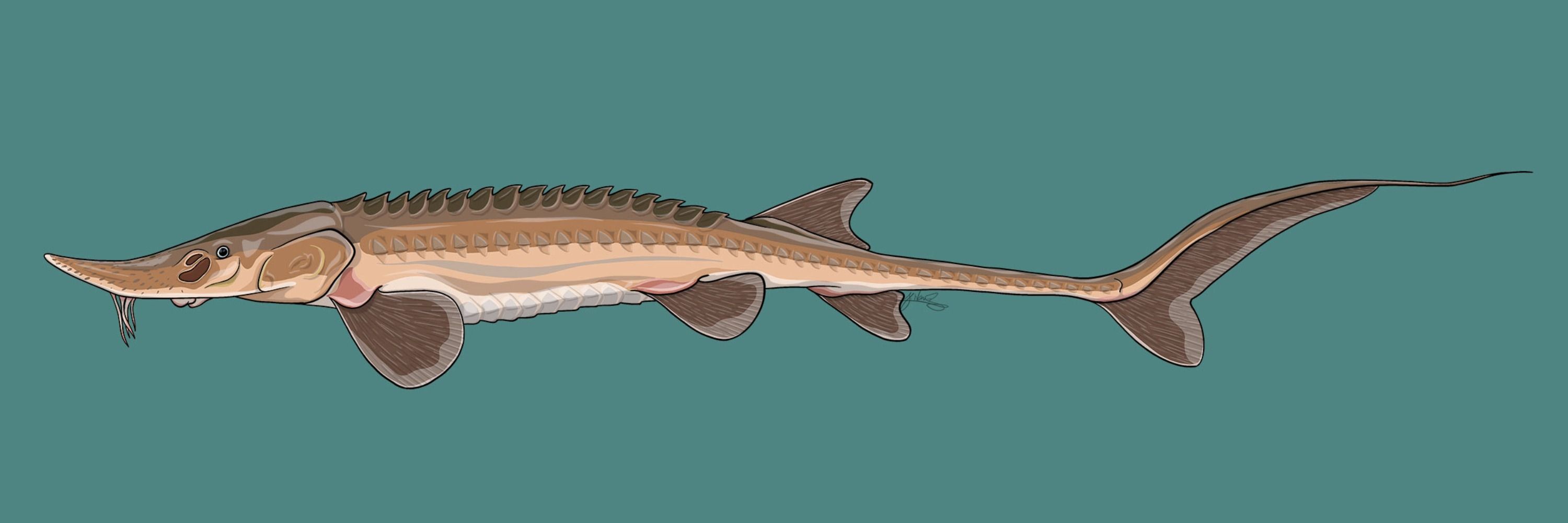
Postdoctoral Researcher, PA Fish & Wildlife Co-op at Penn State
he/him/they/them
Digital illustrator: www.marathonrana.com (Commissions Open)
🧵(3/3)

🧵(3/3)
🧵(2/3)

🧵(2/3)
Also, this is a pet peeve, but animals don't have genders - sex is the technically correct term.
Also, this is a pet peeve, but animals don't have genders - sex is the technically correct term.
www.psu.edu/news/researc...

www.psu.edu/news/researc...



